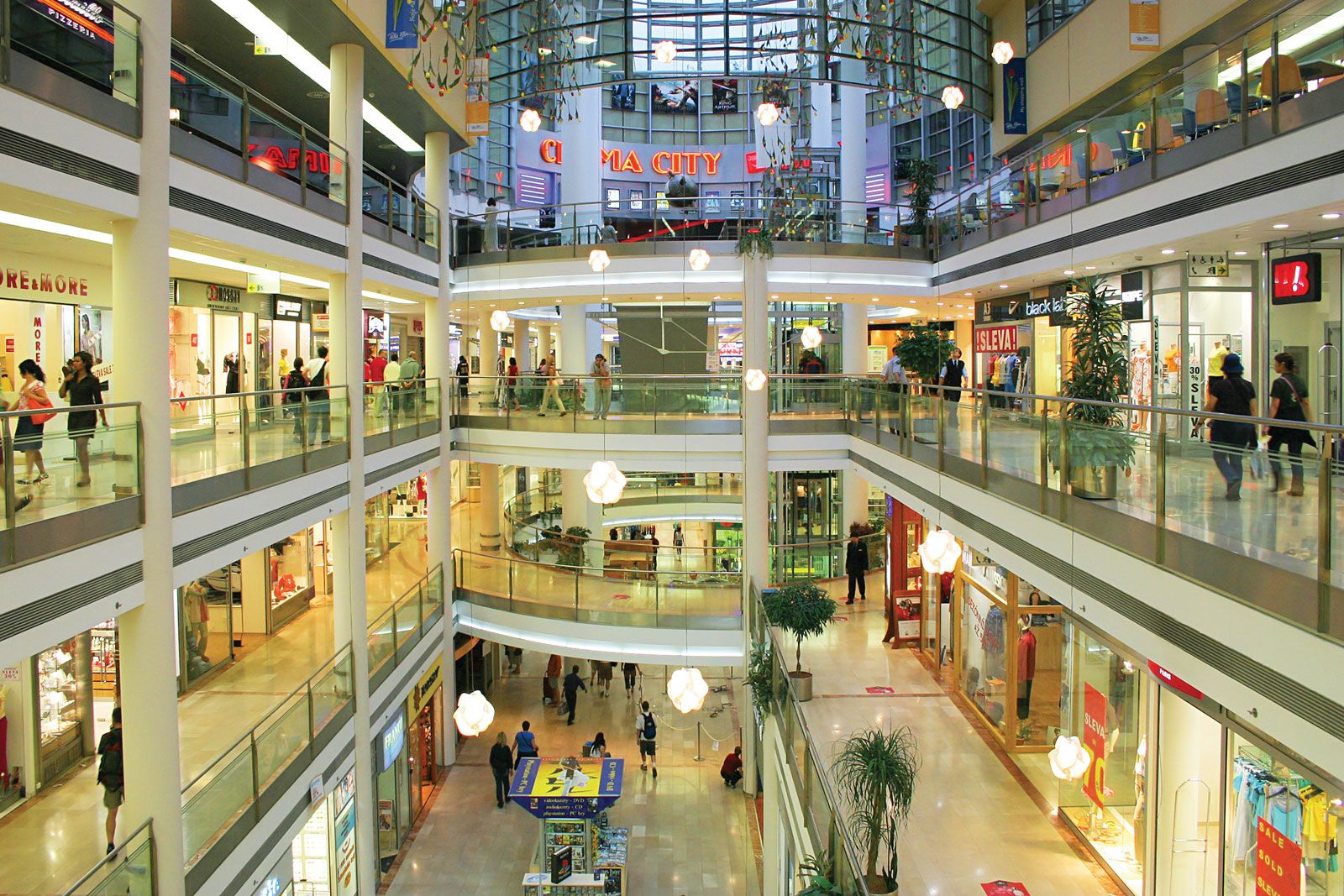In the vast arena of economics and business, the terms 'goods' and 'services' are often used interchangeably. However, these two concepts are fundamentally different and understanding these differences is crucial for both consumers and businesses. In this blog post, we will delve into the five key differences between goods and services, providing a comprehensive understanding of these two pillars of commerce.
- Tangibility vs Intangibility:
The most fundamental difference between goods and services lies in their tangibility. Goods are physical, tangible items that consumers purchase to own. They can be seen, touched, and used, such as a car, a smartphone, or a pair of shoes. On the other hand, services are intangible. They cannot be touched or held, but are activities provided by other people or machines. Examples include a haircut, a medical check-up, or a car repair service.
- Ownership Transfer:
When you purchase a good, the ownership of that item is transferred from the seller to the buyer. You own the product and can use it as you wish. However, in the case of services, there is no transfer of ownership. You pay for the benefit of the service, but you do not own the service itself. For example, when you pay for a gym membership, you are paying for the service of using the gym's facilities, but you do not own the gym.
- Production and Consumption:
Goods are typically produced first, stored, and then consumed at a later time. This separation between production and consumption allows for goods to be inspected for quality before purchase. Services, however, are usually produced and consumed simultaneously. For instance, when you go to a restaurant, the meal (service) is prepared and consumed at the same time.
- Quality Assurance:
The quality of goods can be easily measured and compared before purchase. Consumers can inspect a product, compare it with others, and then make an informed decision. However, the quality of services is often difficult to measure and varies greatly. It depends on who provides it, where and when it is provided. For example, the quality of a haircut can vary greatly depending on the skill of the hairstylist and the specific needs and expectations of the customer.
- Returnability:
Goods can be returned or exchanged if they do not meet the customer's expectations or if they are defective. This is not usually possible with services. Once a service has been performed, it cannot be undone or returned. For instance, you cannot return a meal you've eaten at a restaurant or a haircut you've received.
In conclusion, while goods and services are both essential components of our economy, they differ significantly in terms of tangibility, ownership transfer, production and consumption, quality assurance, and returnability. Understanding these differences is crucial for businesses in designing their marketing strategies, pricing, and delivery methods. For consumers, it helps in making informed decisions and managing expectations.

